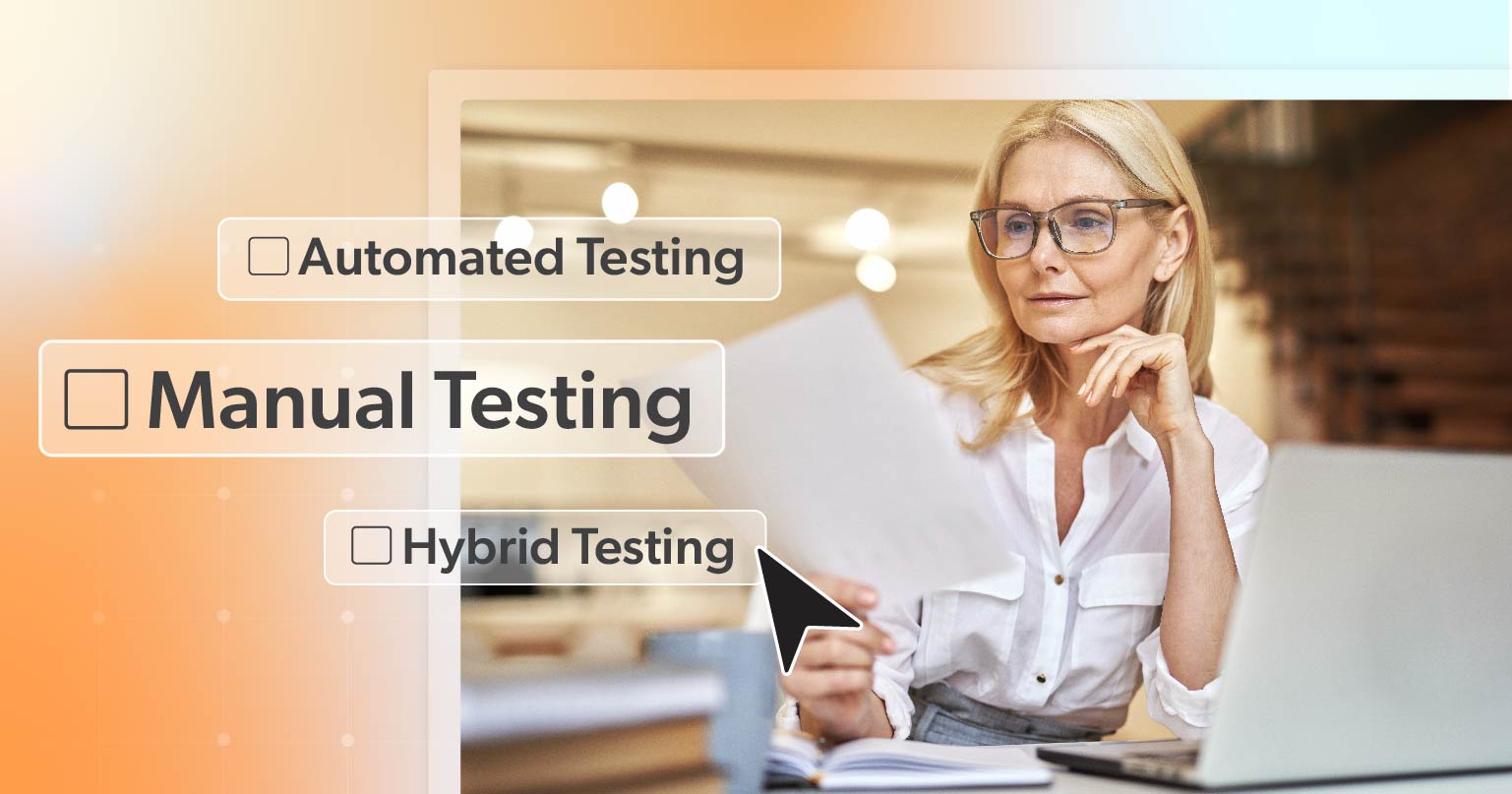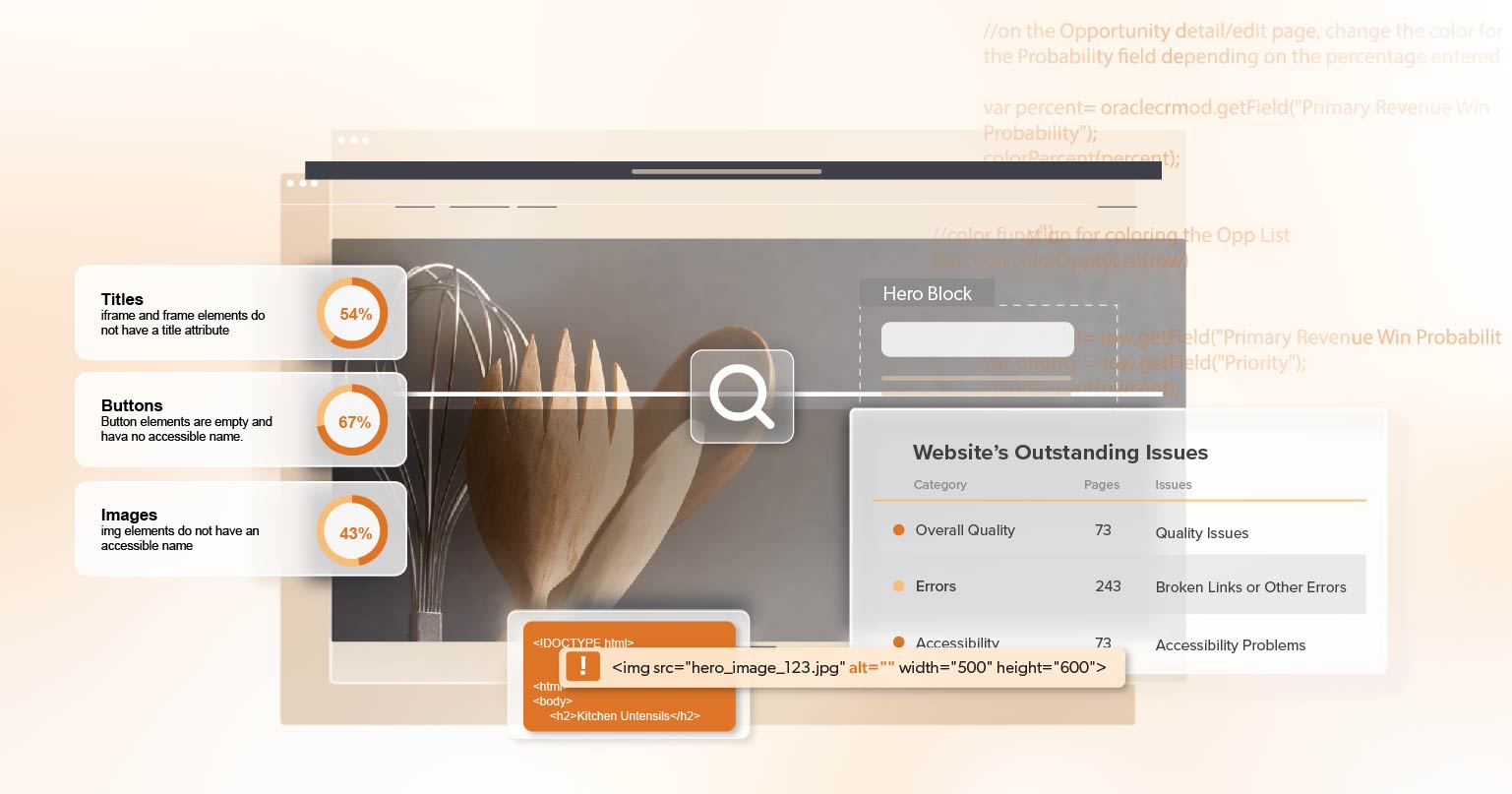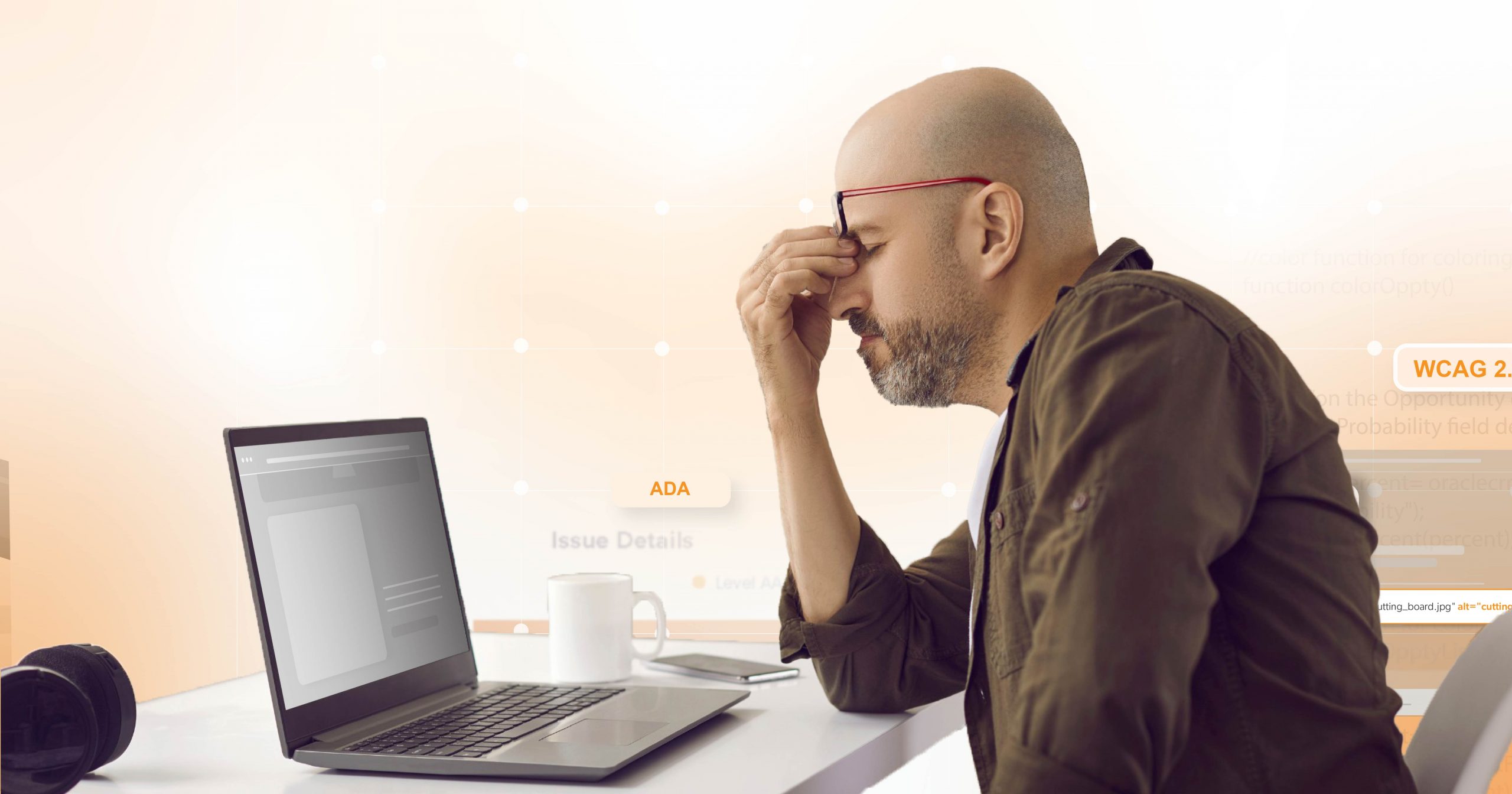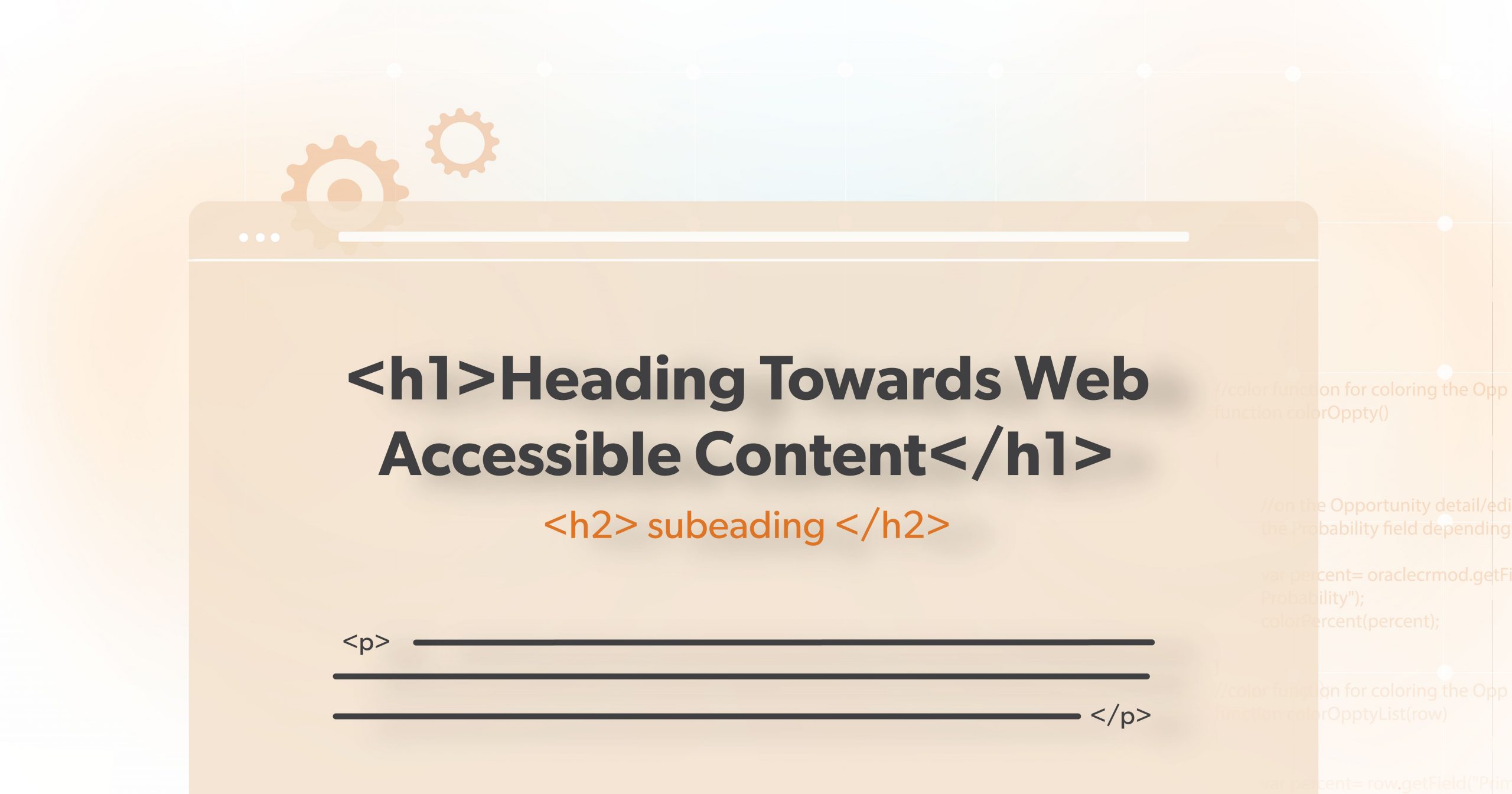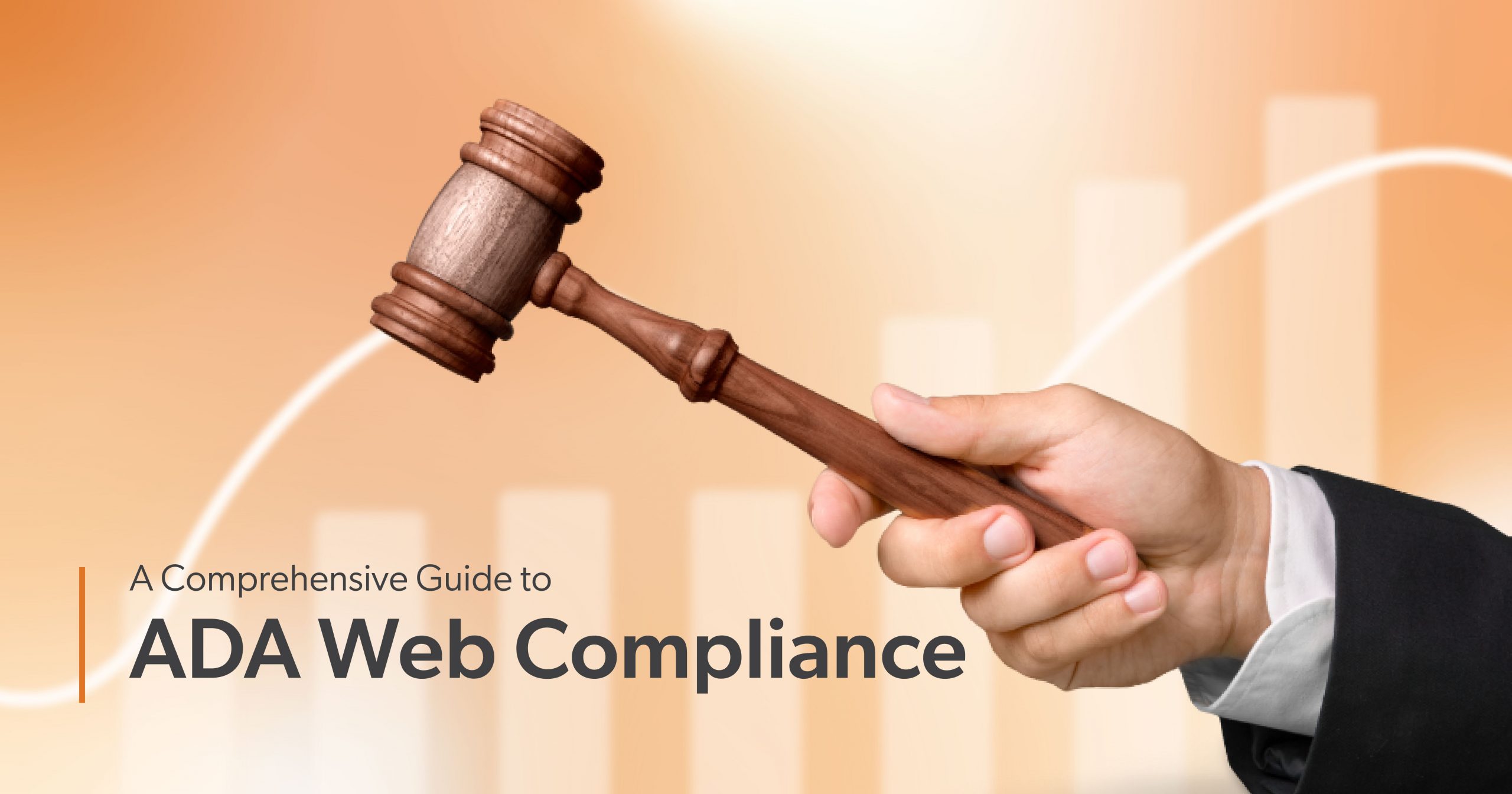Ensuring your website is accessible to everyone, regardless of their abilities, is a legal obligation and a crucial aspect of good business practice. Digital accessibility is about creating an inclusive web experience, allowing everyone to navigate, interact, and engage with your online content without barriers. A vital component of this effort is accessibility testing, which identifies and helps rectify issues that could prevent users with disabilities from accessing your site. But with so many accessibility audits available, how do you choose the right one for your goals?
This post will explore different accessibility testing methods, their benefits, and how you can select the best approach to meet your needs.
What is Accessibility Testing?
Accessibility testing evaluates a website or digital product to ensure people of all abilities can use it. This includes users with visual, auditory, physical, speech, cognitive, or neurological disabilities. The goal is to identify any barriers that might prevent these users from fully interacting with your site, whether that’s difficulty reading text, navigating menus, or accessing multimedia content.
Accessibility testing typically involves checking against established guidelines, such as the Web Content Accessibility Guidelines (WCAG), which provide a comprehensive framework for creating accessible web content. Testing can be done using various methods, from automated tools to manual assessments by accessibility experts.
Why Your Website Needs Accessibility Testing
Web accessibility is not just a matter of ethics—it’s a legal requirement in many regions, including the United States, where the Americans with Disabilities Act (ADA) mandates that websites be accessible to people with disabilities. Failing to meet these requirements can result in costly lawsuits, damage to your brand’s reputation, and loss of potential customers.
Beyond legal compliance, accessibility testing is essential for ensuring a positive user experience for all visitors. An accessible website can increase your audience reach, improve customer satisfaction, and boost your SEO efforts, as search engines like Google favor easy-to-navigate and understand sites.
Overview of Different Accessibility Testing Methods
Several methods of accessibility testing exist, each with strengths and limitations. Understanding these methods will help you choose the right approach for your goals.
Automated Testing
Automated accessibility testing uses software tools to scan your website for accessibility issues. These tools can quickly identify common problems, such as missing alt text, improper heading structures, or color contrast issues.
Pros: Automated testing is fast, cost-effective, and can cover large portions of your site in a short amount of time. It’s an excellent first step in identifying apparent issues.
Cons: While automated tools can catch many issues, they only cover 30-40% of accessibility guidelines. They can miss more subtle or complex problems that require human judgment.
Manual Testing
Manual testing involves human testers evaluating your website’s accessibility by simulating users’ experience with disabilities. This might include using screen readers, navigating with a keyboard, or testing for cognitive load.
Pros: Manual testing is thorough and can identify issues that automated tools miss, such as keyboard navigation problems, improper use of ARIA (Accessible Rich Internet Applications), or issues with interactive elements like forms and buttons.
Cons: Manual testing is time-consuming and more expensive than automated testing. Expertise and experience are required to assess a site’s accessibility accurately.
Hybrid Testing
Hybrid testing combines automated and manual approaches to determine your site’s accessibility comprehensively. Automated tools are used to quickly identify issues, while manual testing addresses more complex problems.
Pros: Hybrid testing offers the best of both worlds—speed and thoroughness. It ensures that no stone is left unturned in your accessibility audit.
Cons: While more comprehensive, hybrid testing can be more costly and time-consuming than automated tools alone.
Choosing the Right Accessibility Audit for Your Goals
When selecting an accessibility audit, consider your specific goals, resources, and the complexity of your website. Here are a few scenarios to help guide your decision:
- Initial Compliance Check: If you’re new to accessibility and looking for a quick overview of your site’s compliance with basic guidelines, an automated audit might be a good starting point. This can help you identify low-hanging fruit that can be quickly addressed.
- Comprehensive Accessibility Review: For businesses that need a thorough assessment of their website’s accessibility, a hybrid audit combining both automated and manual testing is ideal. This approach will provide a complete picture of your site’s strengths and weaknesses.
- Ongoing Monitoring and Maintenance: If your goal is to maintain accessibility over time and avoid compliance issues, consider an ongoing monitoring service that regularly checks your site for new issues as content and technology change.
Overview of 216digital’s Accessibility Services
At 216digital, we understand that navigating the complexities of digital accessibility can be overwhelming. That’s why we offer a structured approach to accessibility audits through our Phase 1 Risk Mitigation and Phase 2 Real World Accessibility services.
Phase 1: Risk Mitigation Service
This initial phase focuses on identifying and addressing high-risk accessibility issues that could expose your business to legal action. Using automated tools and expert manual review, we prioritize the most critical issues that need immediate attention.
Phase 2: Real-World Accessibility Service
In Phase 2, we dive deeper into the user experience, focusing on real-world scenarios and how users interact with your site. This phase includes extensive manual testing to uncover complex issues and provides actionable recommendations for improving your site’s accessibility.
How Combining Automated and Manual Testing Enhances Accessibility
A combined approach to accessibility testing offers a more robust and reliable audit process. Automated tools quickly handle large-scale issues, but manual testing ensures your site meets the nuanced needs of all users. By integrating both methods, you can create a more accessible and user-friendly website, reducing the risk of missed issues and ensuring a more inclusive experience.
216digital’s a11y.Radar Service for Ongoing Monitoring
Maintaining accessibility is an ongoing process. 216digital’s a11y. Radar service continuously monitors your website, automatically scanning for new accessibility issues as they arise. This service helps ensure that your site complies with accessibility guidelines over time, catching potential problems before they become costly liabilities.
a11y.Radars Key Features include:
- Dynamic Dashboard Display
- Compliance Scans
- Detailed Issues Reports
- Issues Over Time
- Manual Testing Reports
- Email Alerts
- Current Web Compliance Status
How a11y.Radar Helps Prevent Frivolous ADA Lawsuits and Maintains Accessibility Compliance
One of the biggest concerns for businesses today is the threat of frivolous ADA lawsuits. These lawsuits can be costly and time-consuming, even if the claims are unfounded. 216digital’s a11y. Radar service acts as a safeguard, continuously monitoring your site for compliance and helping you address issues before they lead to legal action. By keeping your site up-to-date with accessibility standards, a11y.Radar protects you from lawsuits and ensures a better user experience for all visitors.
Conclusion
Choosing the proper accessibility audit is crucial for ensuring your website meets the needs of all users while staying compliant with legal requirements. Whether you’re just starting with accessibility or looking for a comprehensive review, understanding the different testing methods and services available will help you make an informed decision.
At 216digital, we can help develop a strategy to integrate WCAG 2.1 compliance into your development roadmap on your terms. To learn more about how our experts can help you confidently create and maintain an accessible website that meets both your business goals and the needs of your users, schedule a complementary ADA Strategy Briefing today.
